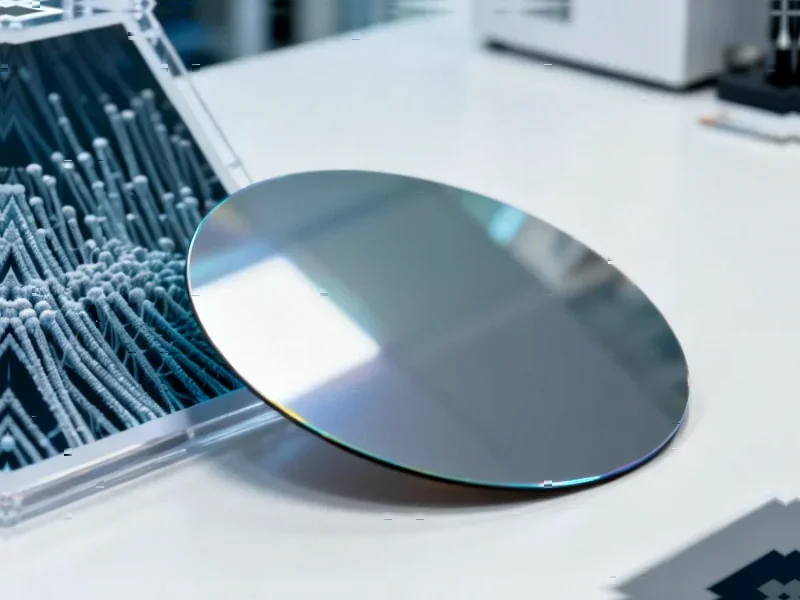According to Semiconductor Today, MACOM Technology Solutions has entered into an exclusive licensing agreement with HRL Laboratories to manufacture products using HRL’s proprietary 40nm T3L gallium nitride-on-silicon carbide process technology. The deal involves rapidly transferring this semiconductor process from HRL’s Malibu facility to one of MACOM’s US Trusted Foundries. T3L technology was developed under Department of Defense programs including the Office of the Undersecretary of Defense’s STARRY NITE and DARPA’s DREAM initiatives. MACOM president Stephen Daly confirmed his company wasn’t part of those original defense programs but will now industrialize the results. The process features proprietary epitaxial structure and advanced gate design optimized for millimeter-wave frequencies. This exclusive license covers both commercial and defense applications.
<h2 id="defense-tech-goes-commercial”>Defense tech goes commercial
Here’s what’s really interesting about this deal. We’re seeing advanced semiconductor technology that was literally funded by the Department of Defense making its way to commercial markets. HRL spent years developing this under programs with names straight out of a spy novel – STARRY NITE and DREAM. Now MACOM, which wasn’t even involved in the original development, gets to commercialize it. That’s basically the defense-to-commercial pipeline in action.
Think about the timing too. With all the focus on domestic semiconductor manufacturing and trusted foundries, this transfer to MACOM’s US facilities makes perfect sense. They’re positioning themselves as the go-to supplier for both defense contractors and commercial customers who need high-performance GaN technology they can actually trust.
What this means for MACOM
For MACOM, this is a massive strategic win. They’re getting exclusive rights to a process that’s already been proven through years of defense R&D. That’s huge. Instead of spending their own R&D budget developing something similar, they’re basically acquiring a ready-made advanced technology.
Stephen Daly’s comment about “accelerating execution of our roadmap” tells you everything. They’re cutting years off their development timeline. And they’re doing it with technology that’s already been vetted for reliability at millimeter-wave frequencies – which is exactly where the market is heading for 5G, defense systems, and satellite communications.
But here’s the thing – exclusive licenses come with pressure. Now they have to actually make this work at scale. Transferring a process from an R&D lab to a production fab is never simple. The fact that they’re calling it a “rapid transfer” suggests they’re already feeling the market demand.
The bigger picture
Look at the players involved here. HRL is co-owned by Boeing and GM. MACOM is a major RF and microwave player. This isn’t just some academic technology transfer – we’re talking about industrial giants positioning themselves for the next wave of electronics.
GaN-on-SiC is becoming increasingly crucial for high-frequency applications. With this move, MACOM is essentially locking up access to one of the more advanced processes out there. Their competitors will have to either develop their own or license from someone else. And given the defense origins of this technology, that might not be so easy.
I’m curious how quickly we’ll see actual products from this. The technology sounds mature given its defense background, but scaling always takes time. Still, with MACOM’s existing manufacturing capabilities and HRL’s R&D expertise, they’ve got a solid foundation to work from.




